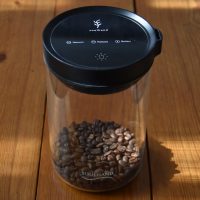 Welcome to the latest instalment in my Making Coffee at Home series, which takes another look at storing coffee beans in vacuum canisters. At the start of the year, I received the gift of a vacuum canister from Soulhand (a company which also gifted me a gooseneck kettle the year before). Vacuum canisters, as the name suggests, work by removing (almost) all the air from the canister, which, in theory, keeps coffee fresh for longer than storing it in an airtight container.
Welcome to the latest instalment in my Making Coffee at Home series, which takes another look at storing coffee beans in vacuum canisters. At the start of the year, I received the gift of a vacuum canister from Soulhand (a company which also gifted me a gooseneck kettle the year before). Vacuum canisters, as the name suggests, work by removing (almost) all the air from the canister, which, in theory, keeps coffee fresh for longer than storing it in an airtight container.
My initial post about the Soulhand vacuum canister was written not long after I received it. I covered the principles behind vacuum canisters and the Soulhand vacuum canister itself, including what it was like to use. I also did some simple comparisons between beans that were stored in the canister and those kept in an airtight container (my usual practice for storing beans). Unfortunately, the results were inconclusive, largely because over the short timescales involved (a week), I wouldn’t have expected the coffee to go stale. However, at the end of the post, I explained that I’d set up an experiment to see what difference storing beans in a vacuum canister makes over a longer period of time…
You can read about the results of that experiment after the gallery.
I won’t repeat the theory and operation of the Soulhand vacuum canister: if you’re interested, I recommend you read my original post. Instead, this post is all about the experiment I set up the last time I visited Amanda in Portland, which is where I keep my Soulhand vacuum canister.
Typically, I buy whole bean coffee, putting a portion of the beans in a small airtight container, with the remainder kept in the original bag or a larger airtight container. I take what beans I need out of the small container just before brewing, thus limiting how many of the beans I expose to (fresh) air each time I make coffee.
Alternatively, if I know I’m not going to use the coffee for a while, I’ll store it in my freezer, putting the unopened bag into an airtight container which I then put in the freezer. When the time comes to use the coffee, I remove it from the freezer, let it defrost to room temperature, then remove the coffee, storing/using it as described above.
Just before I left Amanda’s to return to the UK, I set up my experiment to compare the Soulhand vacuum canister with the two methods I’ve just described. I bought a bag of Bulga, a naturally-processed Ethiopian Heirloom coffee from Tandem Coffee Roasters, roasted on 7th February 2022. I put one third in the Soulhand vacuum canister, another third went into an airtight container in the freezer, while the remaining third was left in the bag, which I put in another airtight container. This went into a dark cupboard along with the Soulhand vacuum canister.
I returned seven weeks later and retrieved the coffee. Over the next few days, I selected 15 grams of coffee from two of the three storage methods (vacuum, freezer or normal), using it to make a pair of pour-overs with my (and Amanda’s) collapsible coffee filters. I tried to make both pour-overs as identical as I could, although I did notice that the beans stored in the freezer tended to draw down slightly quicker than the other two.
For each pair, I presented Amanda with the two brews side-by-side (but without telling her which was which) to see if she could tell the difference. I also tried them, but I knew which was which, so this wasn’t a blind test. What’s more, I have a less discerning palate compared to Amanda. Finally, I’d picked up a cold on the flight over, so was even less discerning than usual!
The results of the experiment were disappointingly inconclusive. I was unable to tell the difference between any of the samples, even knowing which was which, while Amanda was only able to detect minor differences. On one occasion, when presented with the vacuum and normal samples, she preferred the normal sample, while on another occasion, she preferred the vacuum sample over the freezer sample.
Although there were minor differences in the way each pour-over was made, I don’t believe that these were significant. Had there been any difference in freshness, I would have expected that to dominate and was surprised that there wasn’t.
In some ways, it wasn’t a true test, since all three samples remained sealed for the whole seven weeks, although it’s a fair test of the three as long-term storage methods. An alternative experiment would be to mimic daily use by opening/closing the airtight container as well as cycling the Soulhand vacuum canister once a day for a month before comparing the two coffees for freshness.
In conclusion, I still like the Soulhand vacuum container. It’s a very fine piece of kit, but as I explained in my original post, it’s solving a problem that I don’t currently have. What’s more. as this experiment has demonstrated, it’s not offering me anything additional over storing coffee in a freezer if I need a long-term storage solution.
Don’t forget that you can share this post with your friends using buttons below, while if you have a WordPress account, you can use the “Like this” button to let me know if you liked the post.

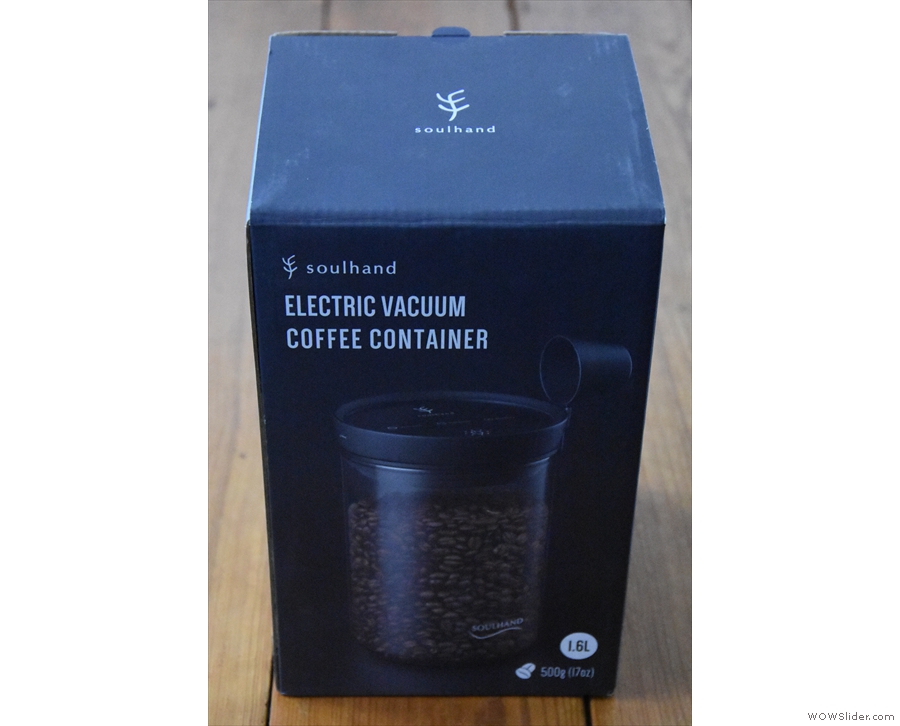
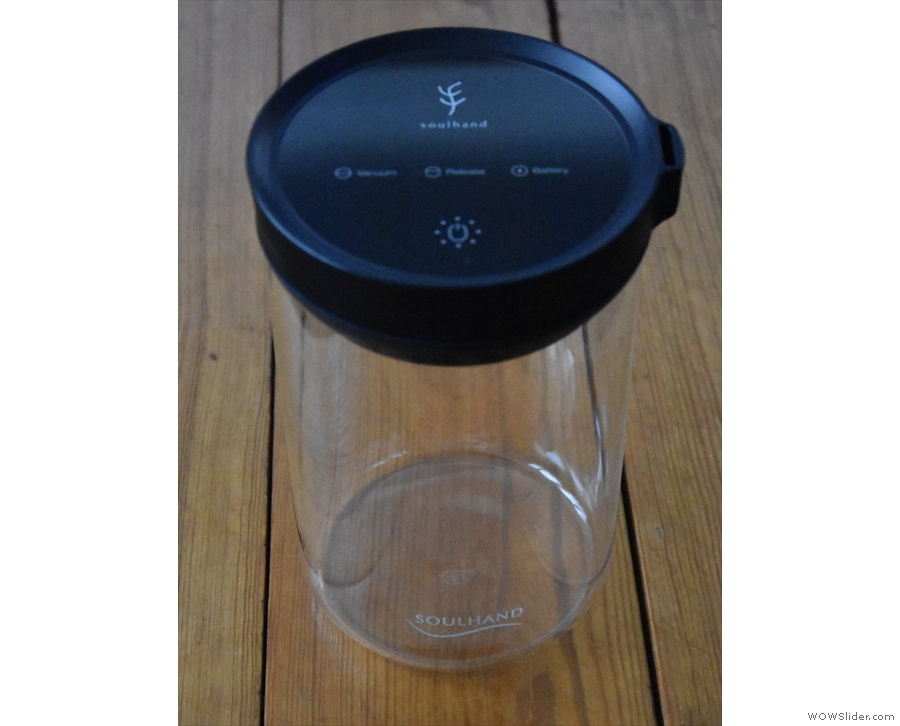
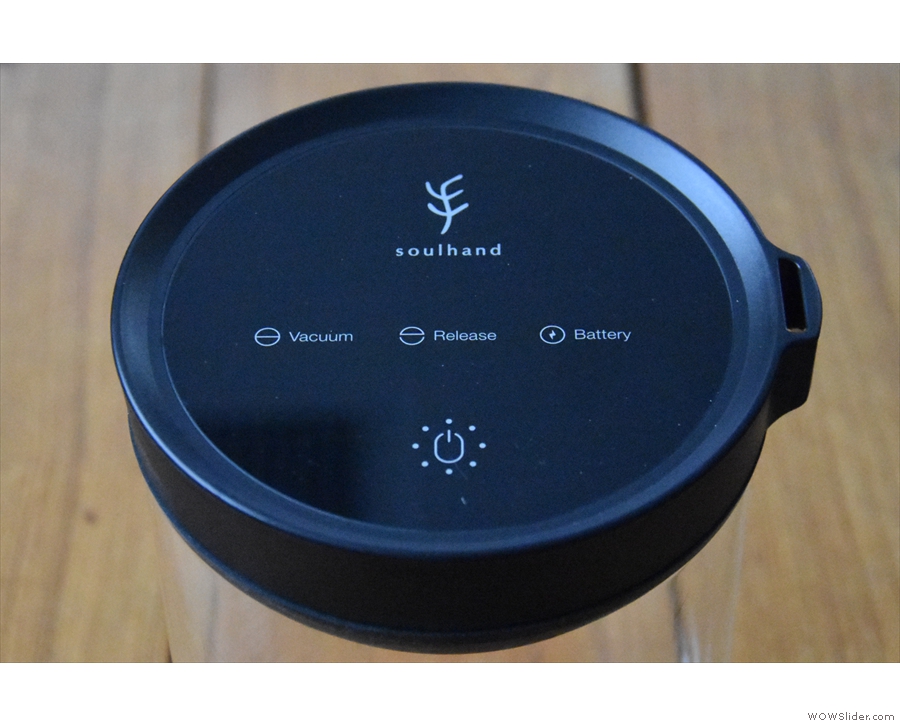
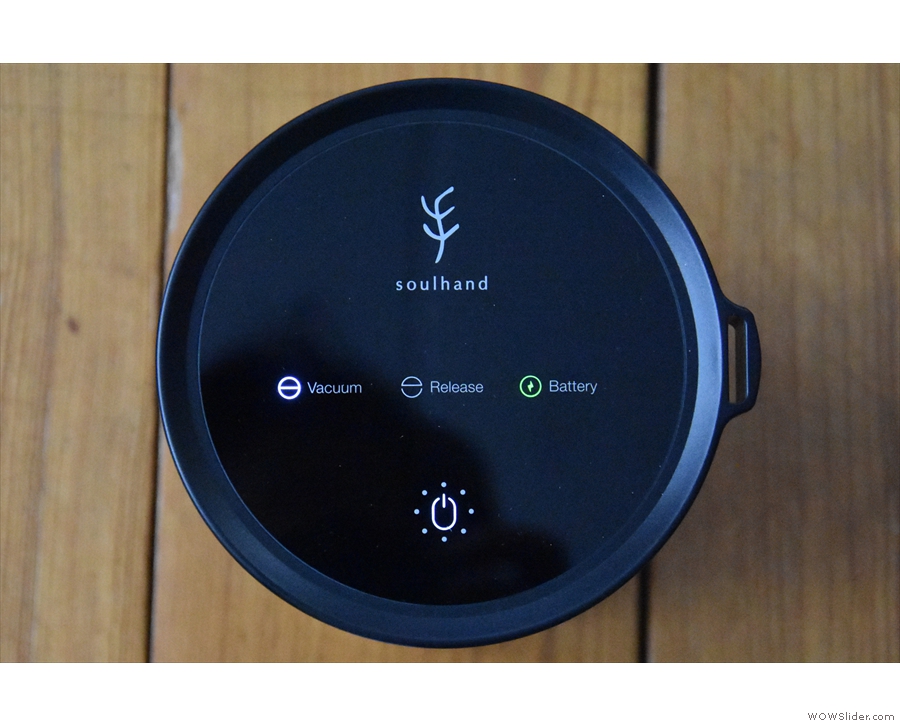
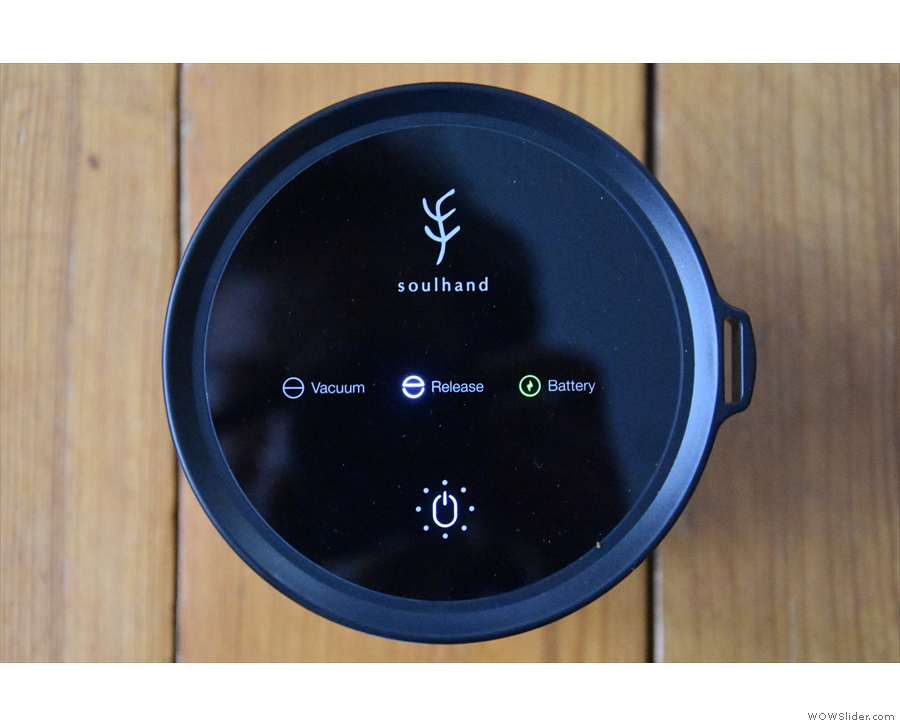
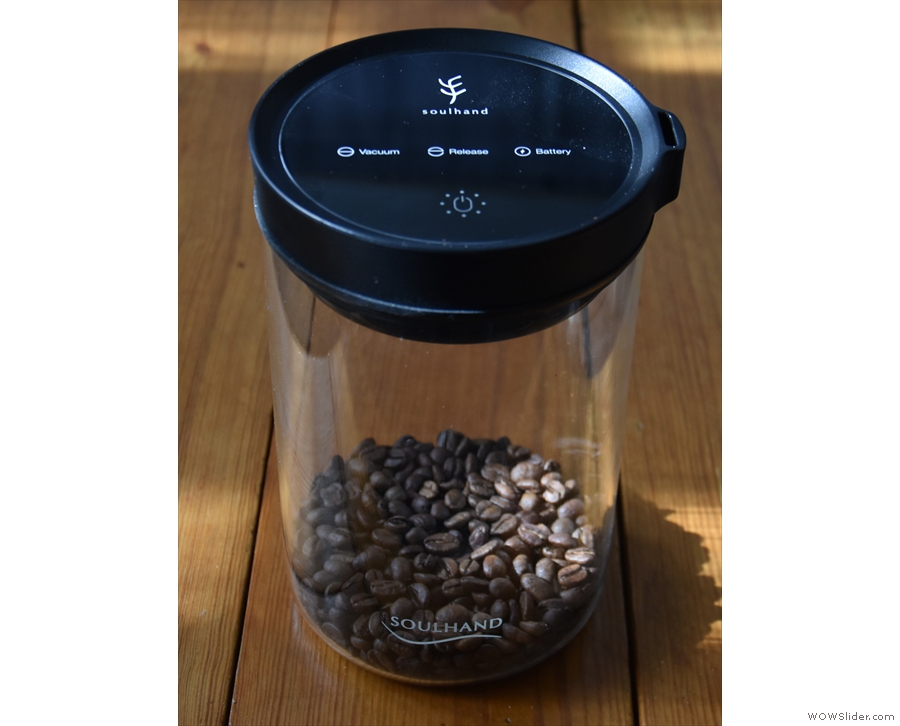
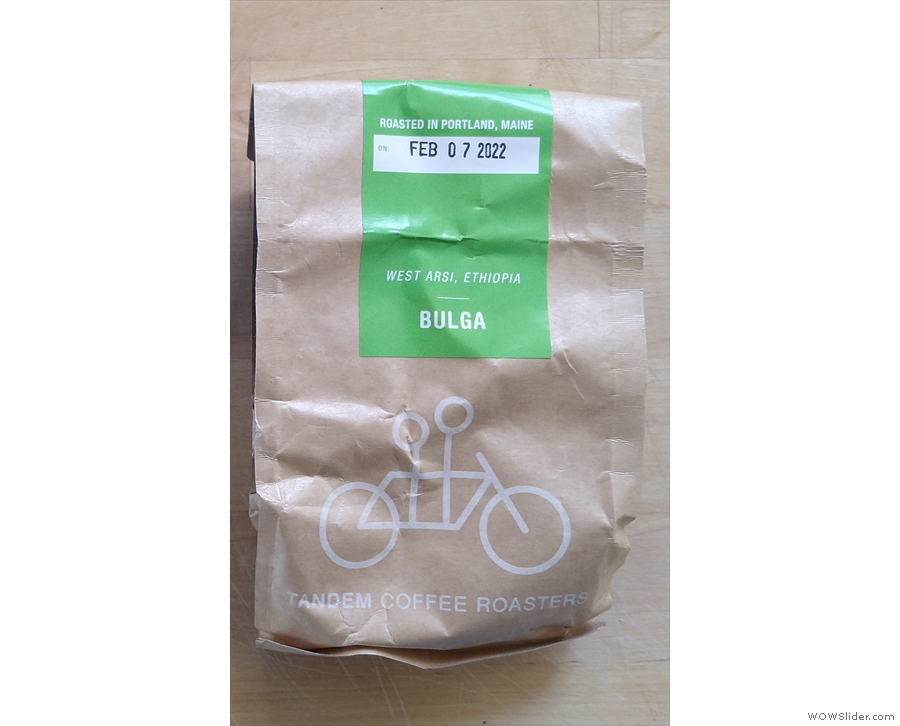
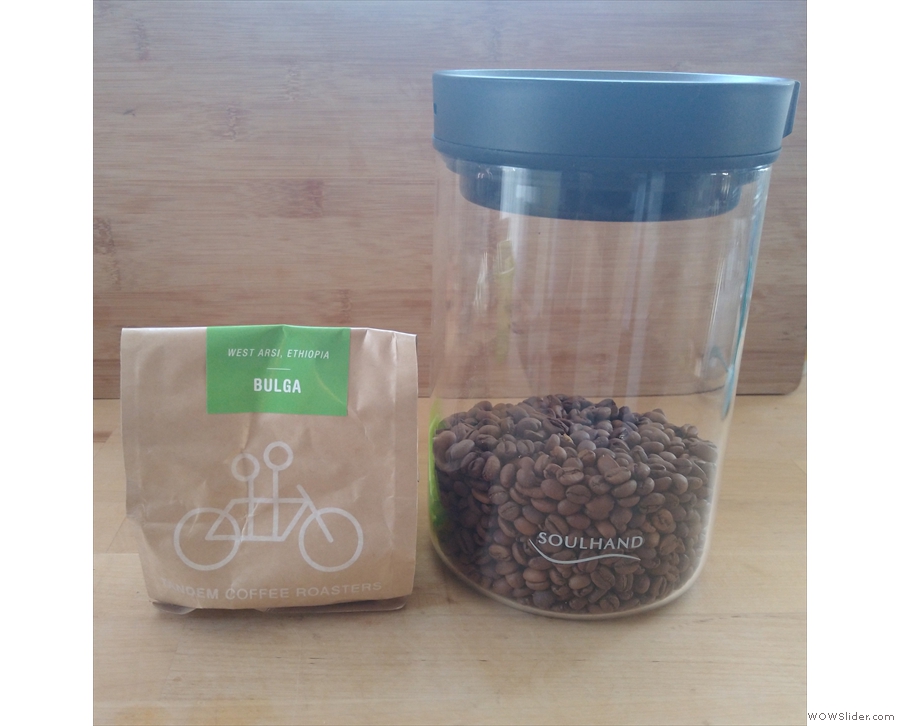
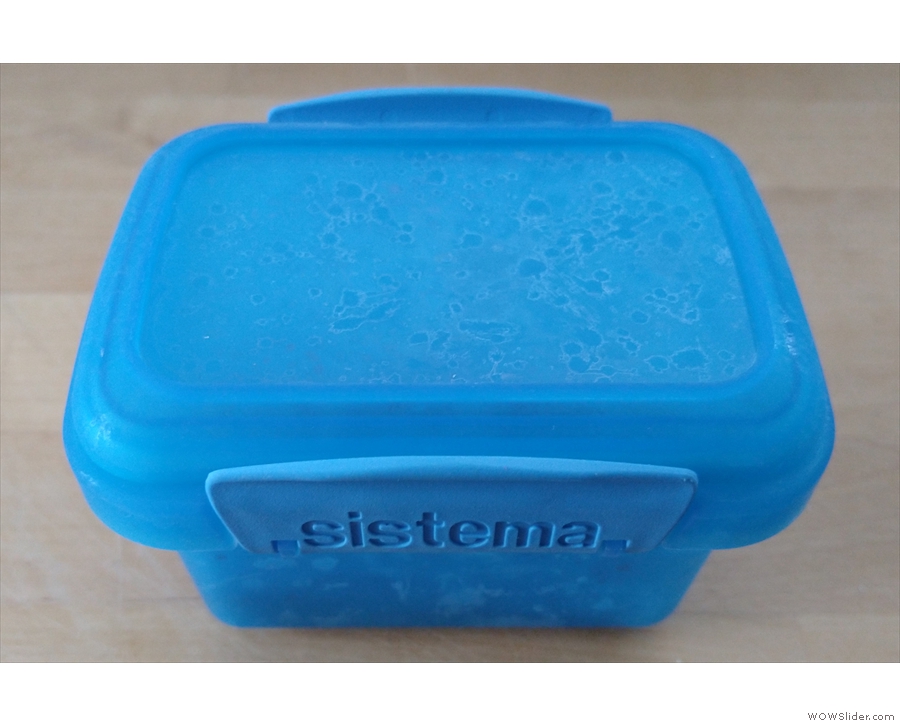
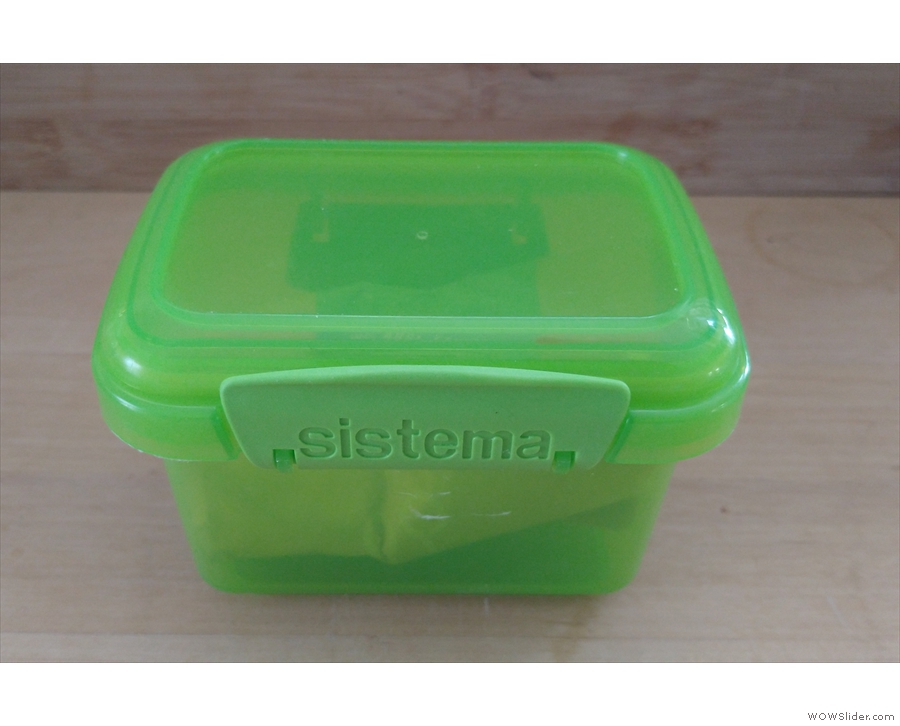
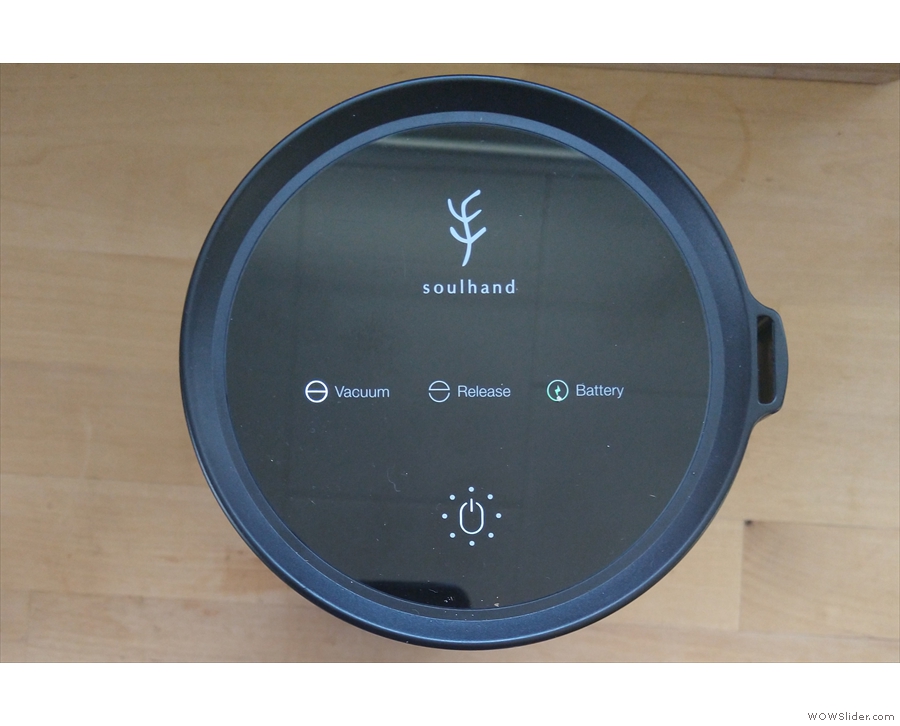
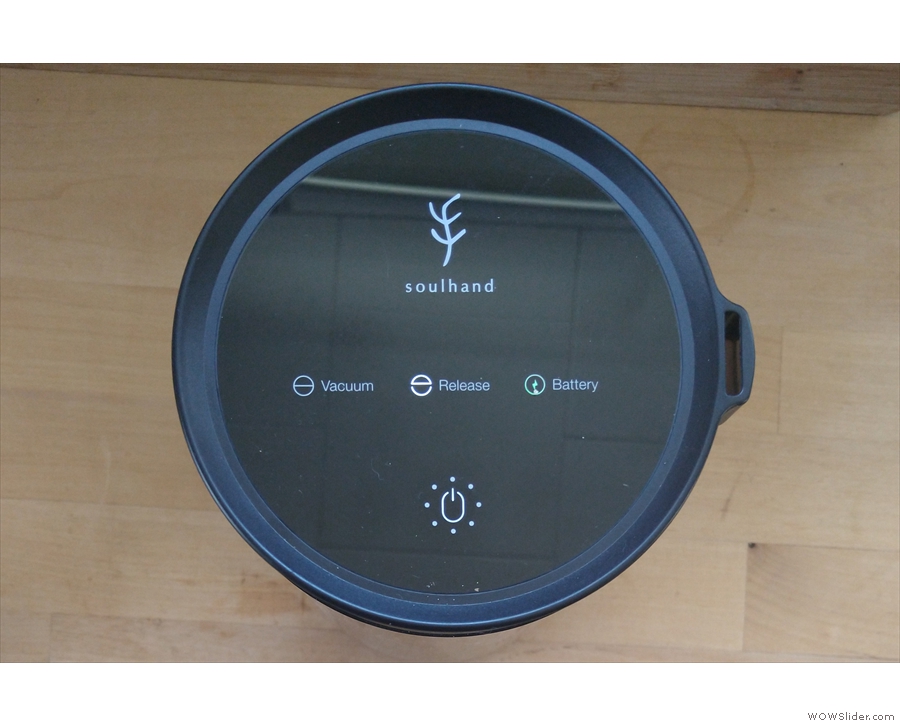
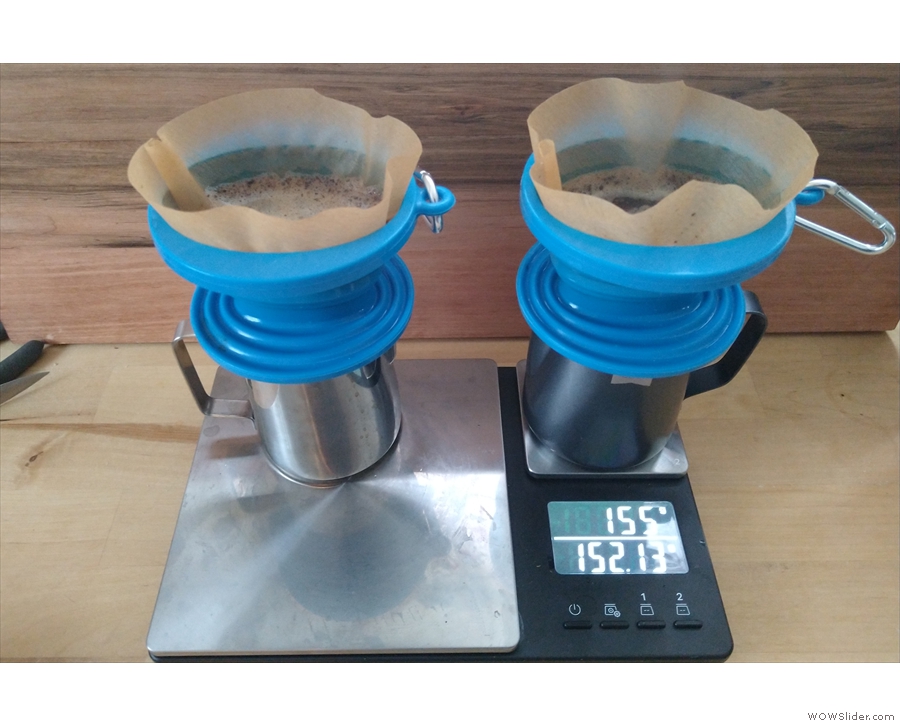
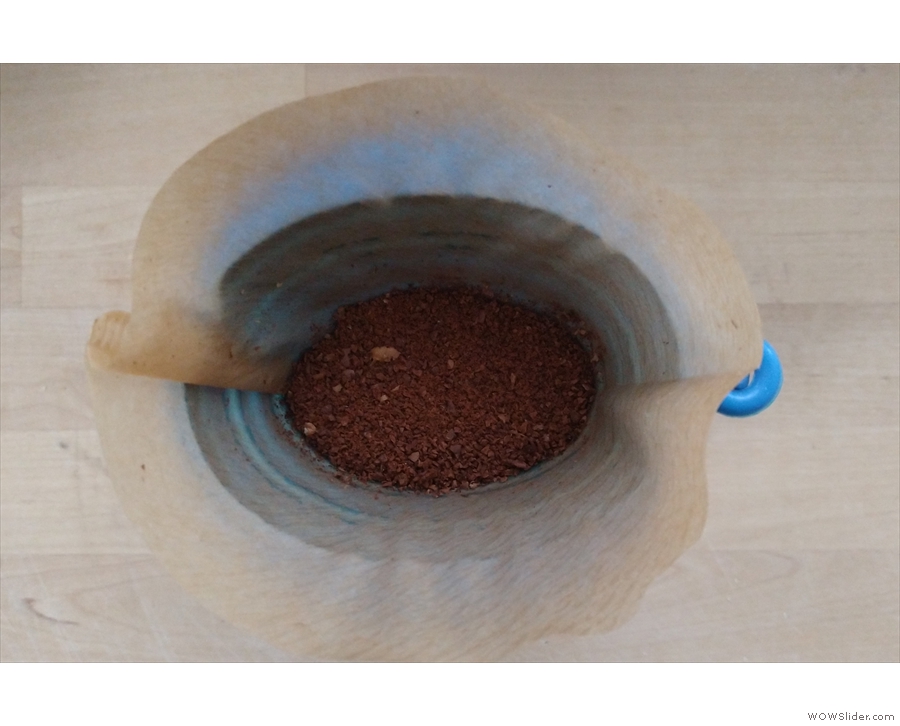
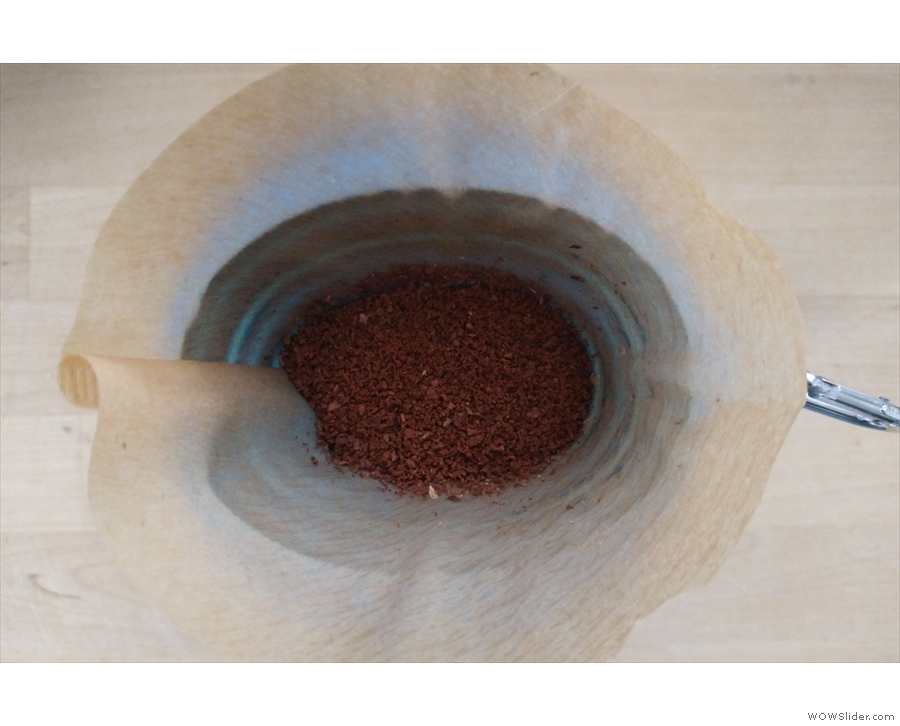
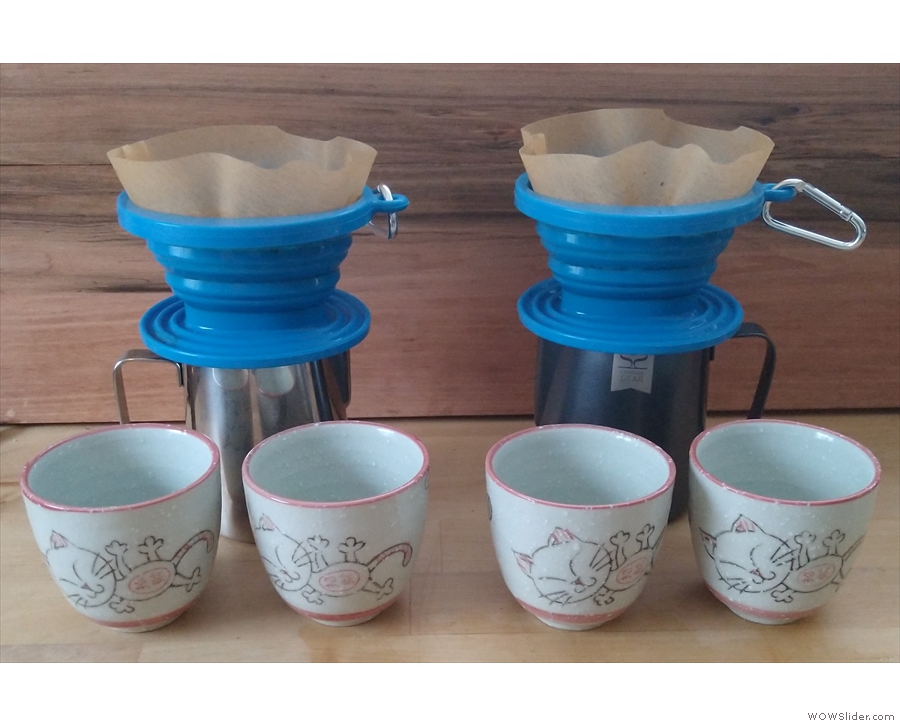
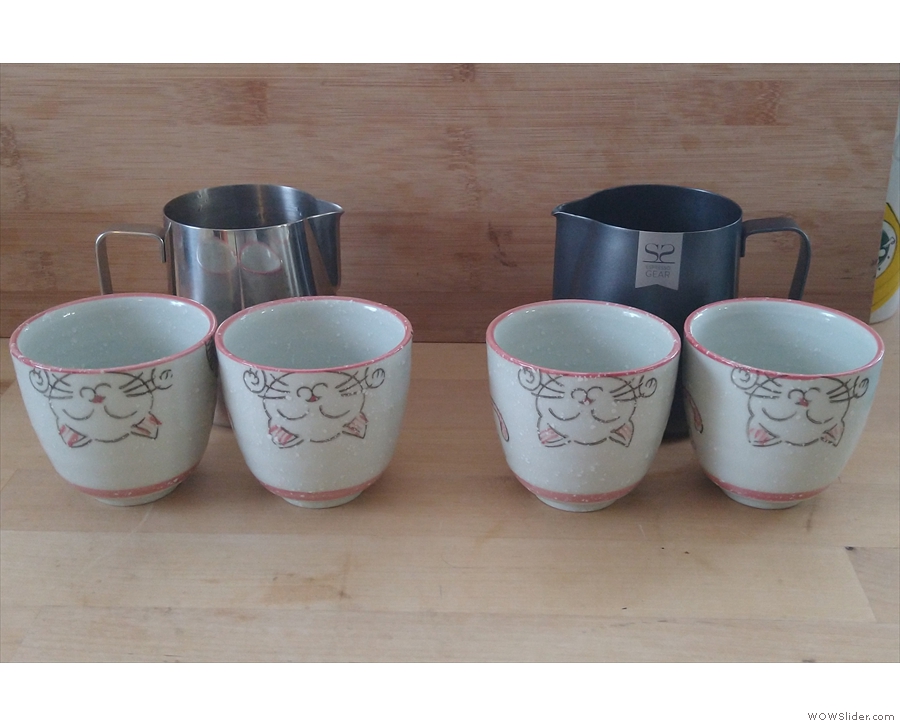
 1
1 2
2 3
3 4
4 5
5 6
6 7
7 8
8 9
9 10
10 11
11 12
12 13
13 14
14 15
15 16
16 17
17
Pingback: Making Coffee at Home: Soulhand Vacuum Canister | Brian's Coffee Spot
Pingback: Keeping Coffee Beans in the Freezer | Brian's Coffee Spot